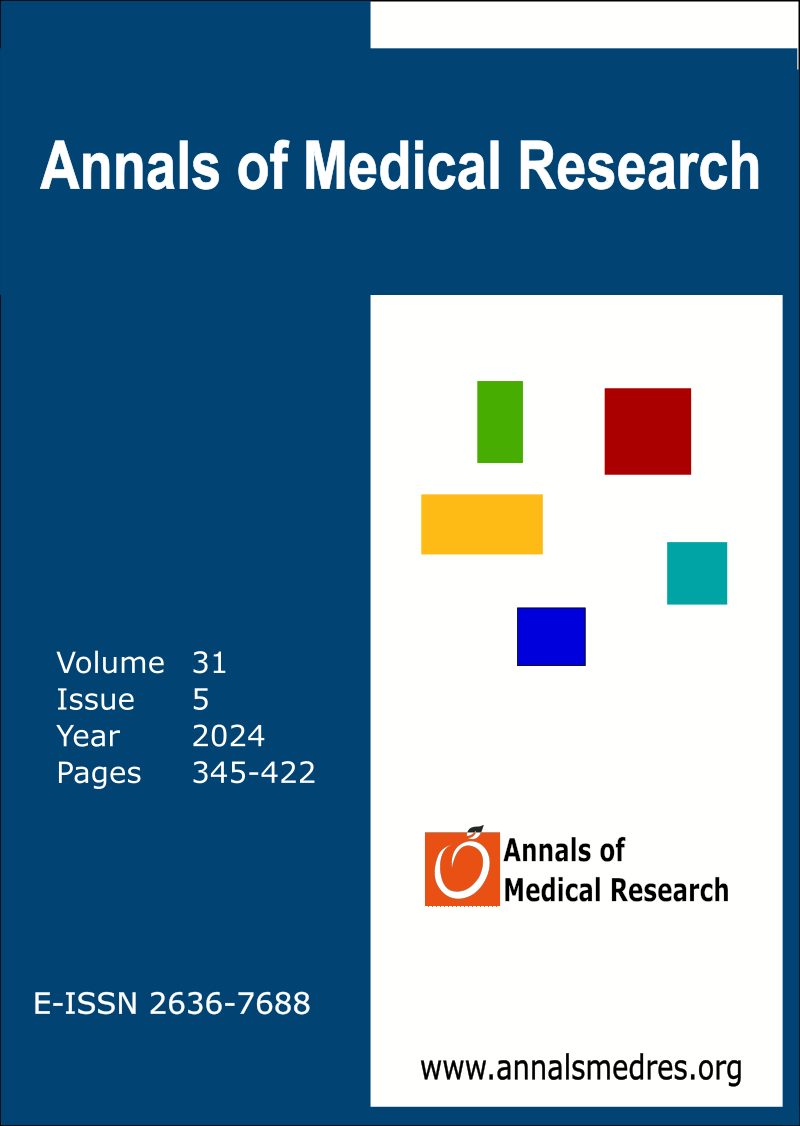Role of miRNA-181a in the treatment of oxaliplatin-induced neuropathy with asprosin: An examination in mouse dorsal root ganglia
Keywords:
Asprosin, miRNA-181a, Oxaliplatin, Neuropathy, Mouse dorsal root gangliaAbstract
Aim: Neuropathic pain, a debilitating condition often resulting from chemotherapy treatments like oxaliplatin (OXA), poses significant treatment challenges. The molecular mechanisms underlying this condition remain incompletely understood, although microRNAs (miRNAs) have been implicated in its pathophysiology. This study focuses on miRNA-181a, known for its role in neuroinflammation and neuron signaling pathways, and investigates the therapeutic potential of asprosin, a novel hormone implicated in metabolic regulation, for modulating miRNA-181a expression in the context of OXA-induced neuropathy.
Materials and Methods: Mouse dorsal root ganglia (DRGs) were exposed to OXA to induce neuropathy, followed by treatment with asprosin. miRNA-181a expression levels were quantified and compared across healthy (control), OXA-treated, and asprosin-treated groups using qRT-PCR. Statistical significance was determined through ANOVA, with p-values less than 0.05 considered significant.
Results: Asprosin treatment did not significantly affect miRNA-181a expression in healthy mouse DRGs. However, OXA treatment resulted in a significant increase in miRNA-181a expression compared to controls (p<0.0001). Notably, asprosin administration significantly reduced miRNA-181a overexpression in OXA-treated DRGs (p<0.0001), suggesting a therapeutic effect of asprosin in modulating miRNA-181a expression under neuropathic conditions.
Conclusion: This study highlights the specific modulation of miRNA-181a by asprosin in OXA-induced neuropathic conditions, suggesting a novel therapeutic pathway for managing neuropathic pain. The findings underscore the potential of targeting miRNA pathways, particularly miRNA-181a, in developing treatments for chemotherapy-induced neuropathy. Further research is needed to elucidate the underlying mechanisms of asprosin's effect and its potential application in clinical settings.
Downloads
Published
Issue
Section
License
Copyright (c) 2024 Annals of Medical Research

This work is licensed under a Creative Commons Attribution-NonCommercial-NoDerivatives 4.0 International License.
CC Attribution-NonCommercial-NoDerivatives 4.0






